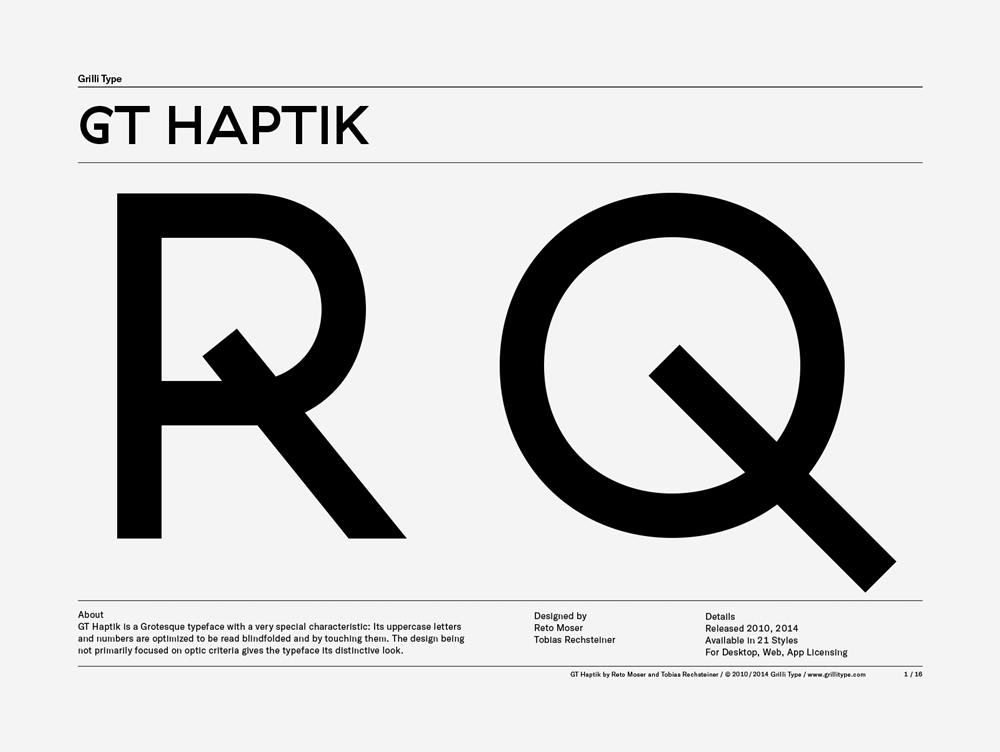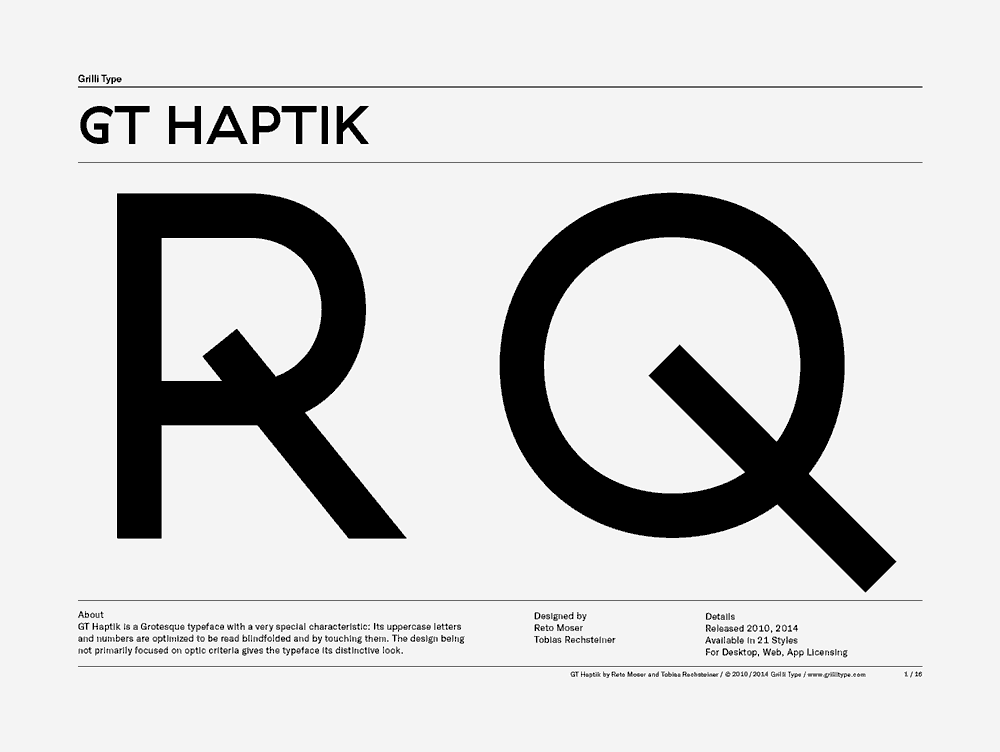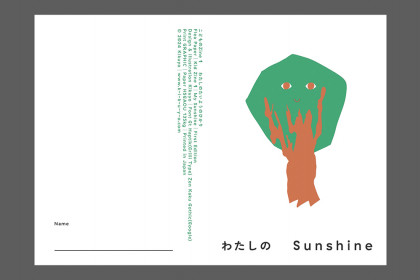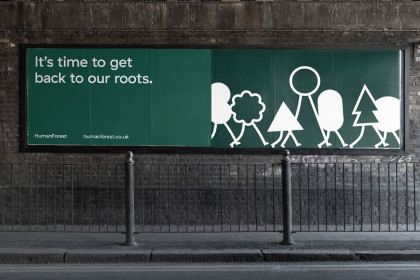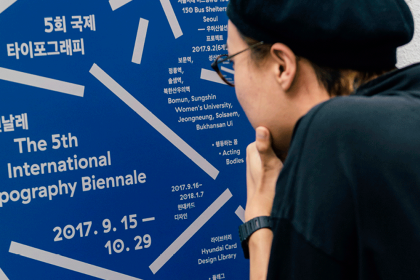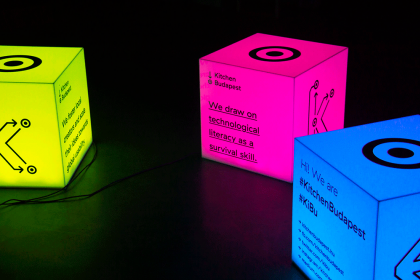GT Haptik
Family overview
- Lazer Oblique Rotalic
- Thin Oblique Rotalic
- Light Oblique Rotalic
- Regular Oblique Rotalic
- Medium Oblique Rotalic
- Bold Oblique Rotalic
- Black Oblique Rotalic
- LazerAmerican Gothic, 1930 by Grant Wood
- Lazer ObliqueWhile it’s rollin’ hold on pump a little bit
- Lazer RotalicYou talk about a show that’s hyped and tight
- ThinGirl with a Pearl Earring, c. 1665 by Johannes Vermeer
- Thin ObliqueThe Night Watch (De Nachtwacht), 1642 by Rembrandt van Rijn
- Thin RotalicAnd get a fly girl and catch this beat
- LightI told you homeboy u can’t touch this
- Light ObliqueEvery time you see me that Hammer’s just so hype
- Light RotalicSingers are sweatin’ so pass them a mic
- RegularYeah that’s how we’re livin’ and you know u can’t touch this
- Regular ObliqueStarry Night over the Rhone, c.1888, by Vincent van Gogh
- Regular RotalicGet me outta here u can’t touch this
- MediumYeah that’s how we’re livin’ and you know u can’t touch this
- Medium ObliqueAnd get a fly girl and catch this beat
- Medium RotalicAmerican Gothic, 1930 by Grant Wood
- BoldWhistler’s Mother, 1871, by James McNeill Whistler
- Bold ObliqueThat’s good when you know you’re down
- Bold RotalicAnd get a fly girl and catch this beat
- BlackGuernica, 1937, by Pablo Picasso
- Black ObliqueBal du moulin de la Galette, 1886, by Pierre-Auguste Renoir
- Black RotalicAmerican Gothic, 1930 by Grant Wood
- Settings
Typeface information
GT Haptik is a monolinear geometric grotesque typeface. Its uppercase letters and numbers were optimized to be read blindfolded and by touching them. It is now available in seven weights with accompanying Oblique and Rotalic styles. Included with each style come alternate characters as well as proportional and tabular figures.
Typeface features
OpenType features enable smart typography. You can use these features in most Desktop applications, on the web, and in your mobile apps. Each typeface contains different features. Below are the most important features included in GT Haptik’s fonts:
- SS02
- Stylistic alternates C, G
CHAGALL
- SS03
- Stylistic alternate R
Rembrandt
- SS04
- Alternate zero
Year 2000
- TNUM
- Tabular figures
0123456789
Typeface Minisite
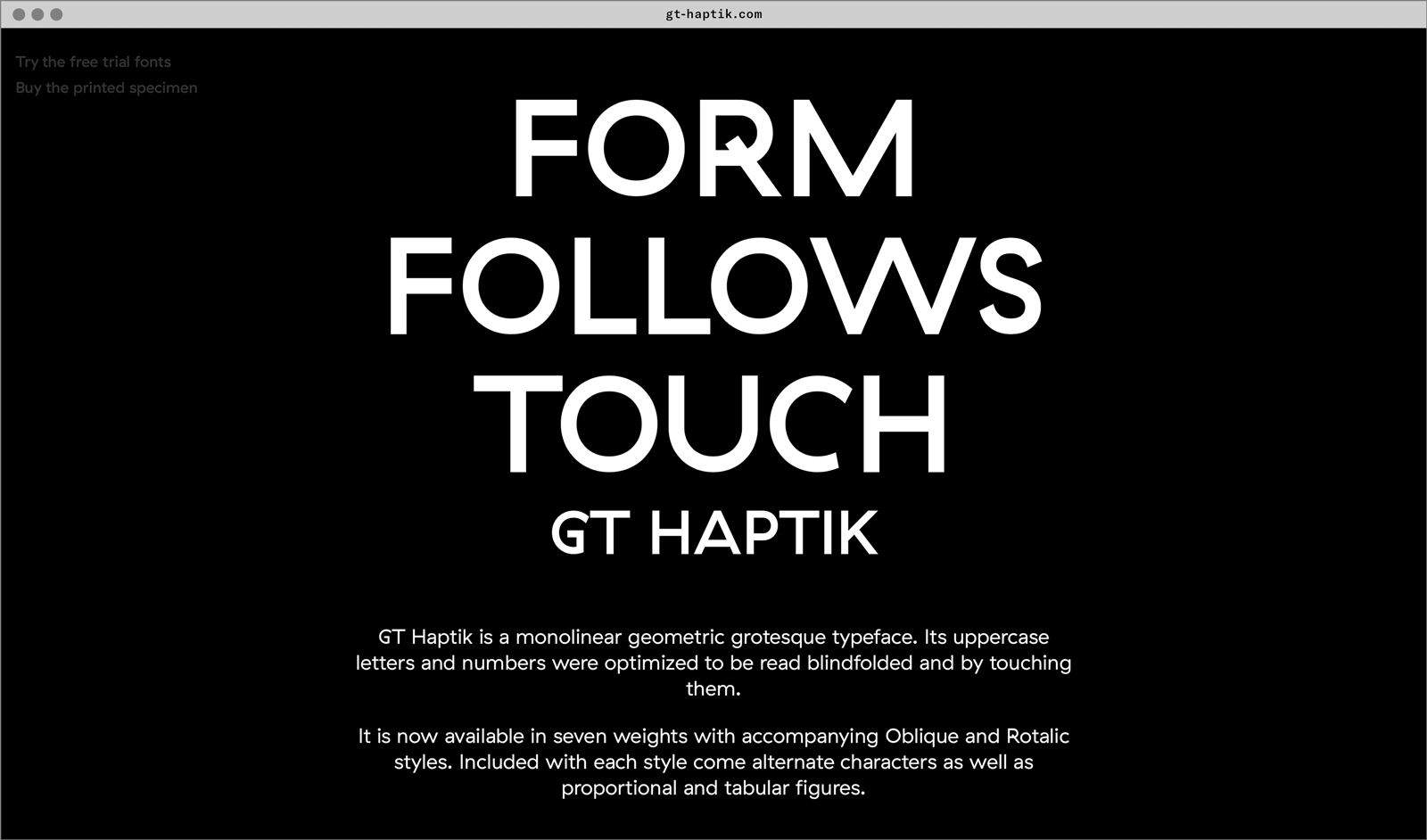
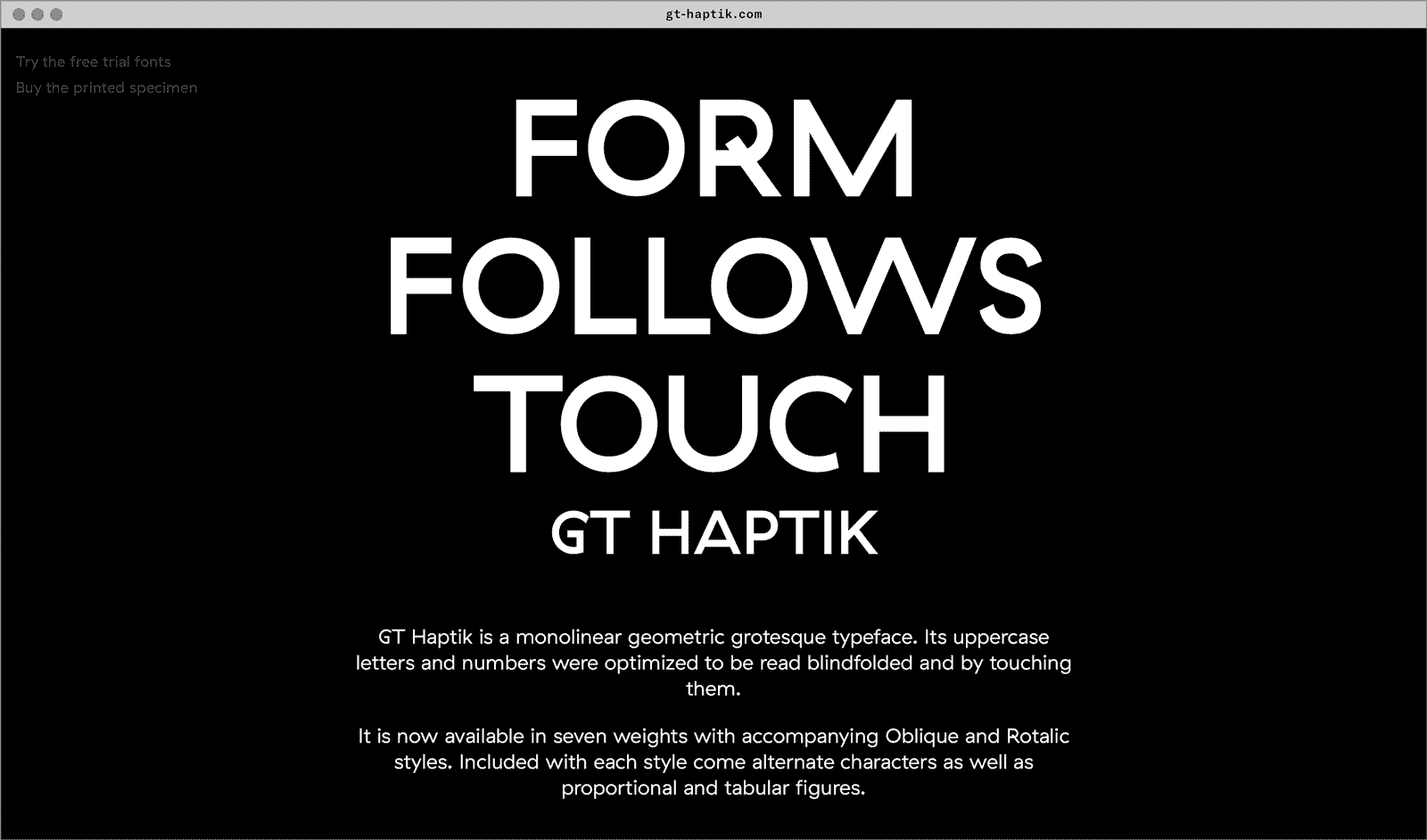
- Visit the GT Haptik minisite to discover more about the typeface family’s history and design concept.
GT Haptik in use
